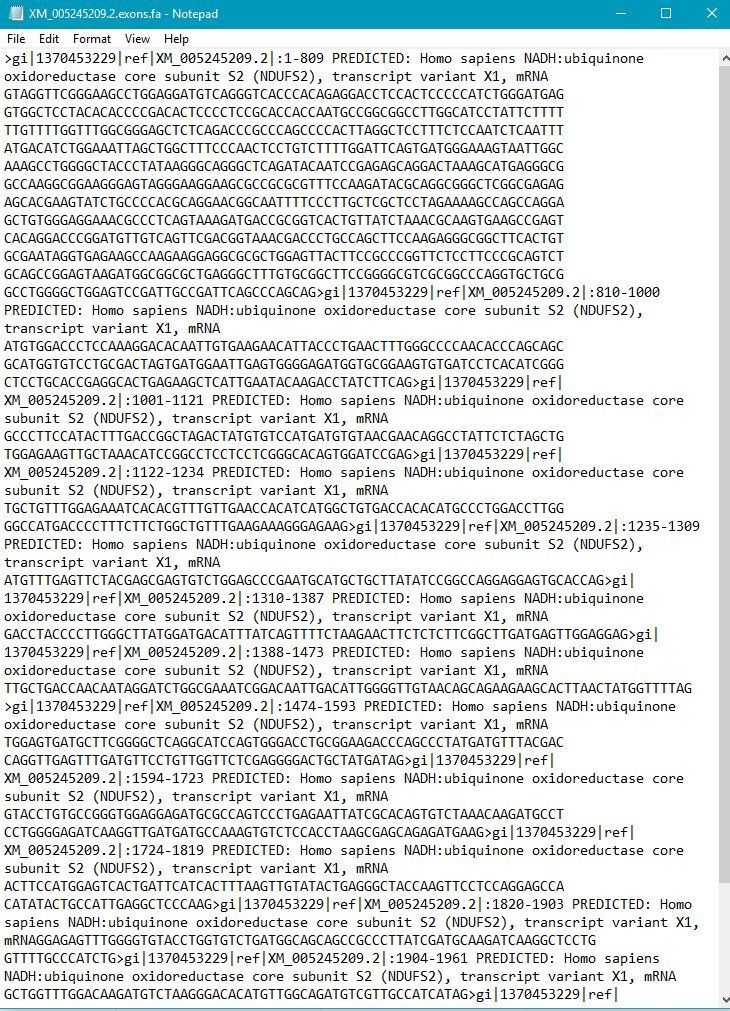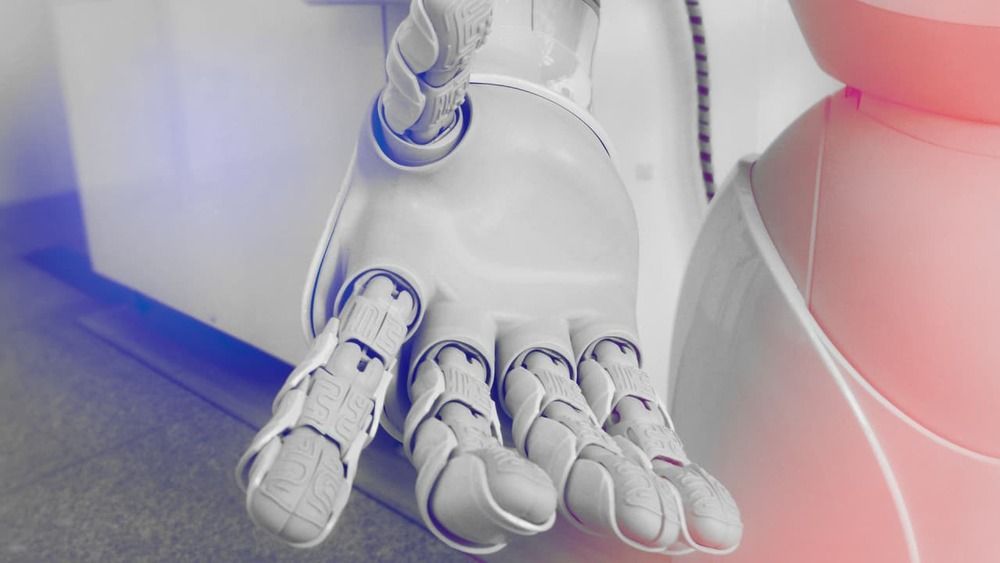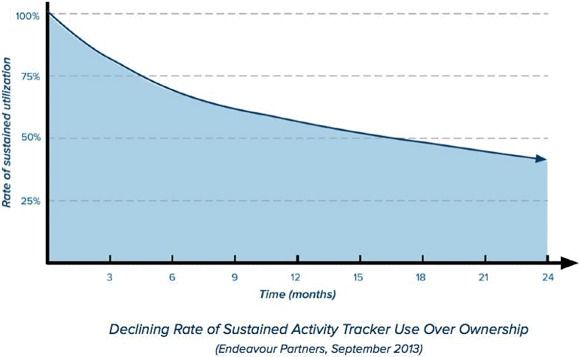
The Human Cell Atlas (HCA) is a global collaboration to map and characterize all cells in a healthy human body: cell types, numbers, locations, relationships, and molecular components. It will require advances in single-cell RNA sequencing, image-based transcriptomics and proteomics, tissue handling protocols, data analysis, and more. Once complete, it will be a fundamental resource for scientists, allowing them to better understand how healthy cells work, and what goes wrong when disease strikes.
The idea for the HCA grew from an enthusiastic scientific community, and represents a collaborative effort to increase the impact of single-cell biology by federating results from different organs, cell types, experimental approaches, and countries, without suppressing the dynamism of individual communities and projects. The HCA project welcomes participation by scientists, physicians, and engineers around the world. CZI joins groups such as the Wellcome Trust, the European Bioinformatics Institute (EMBL-EBI), the Broad Institute, the Sanger Institute, and UC Santa Cruz to support this work. We are supporting the HCA through a variety of mechanisms, including:
Read more















